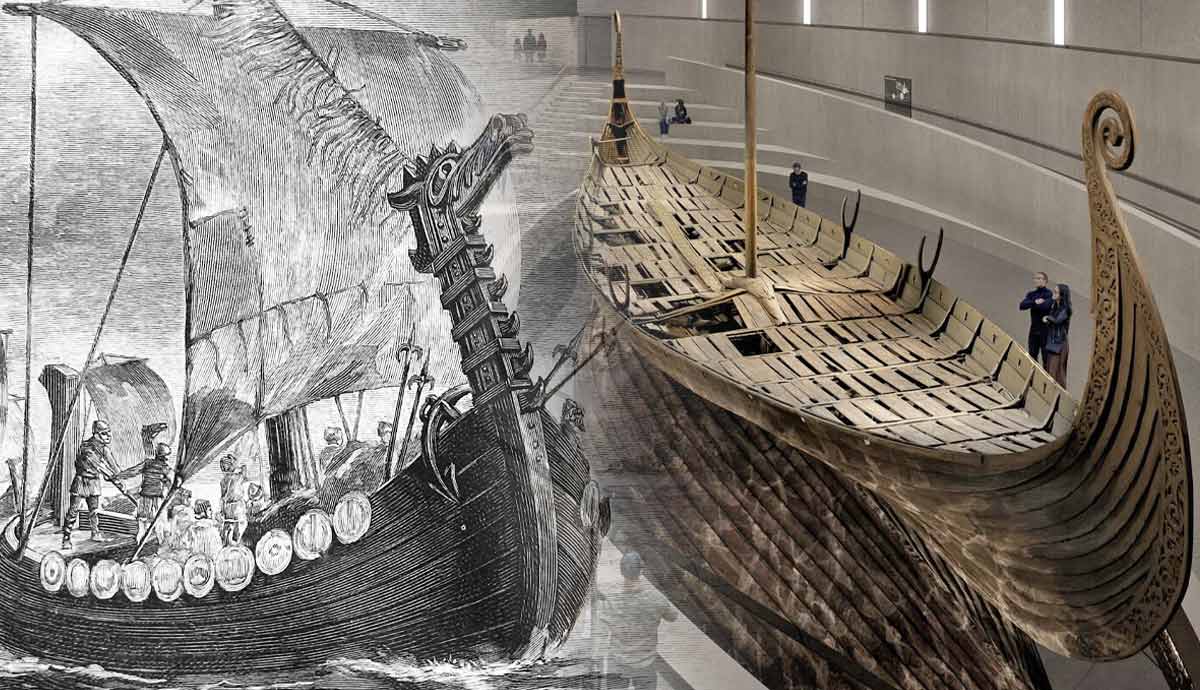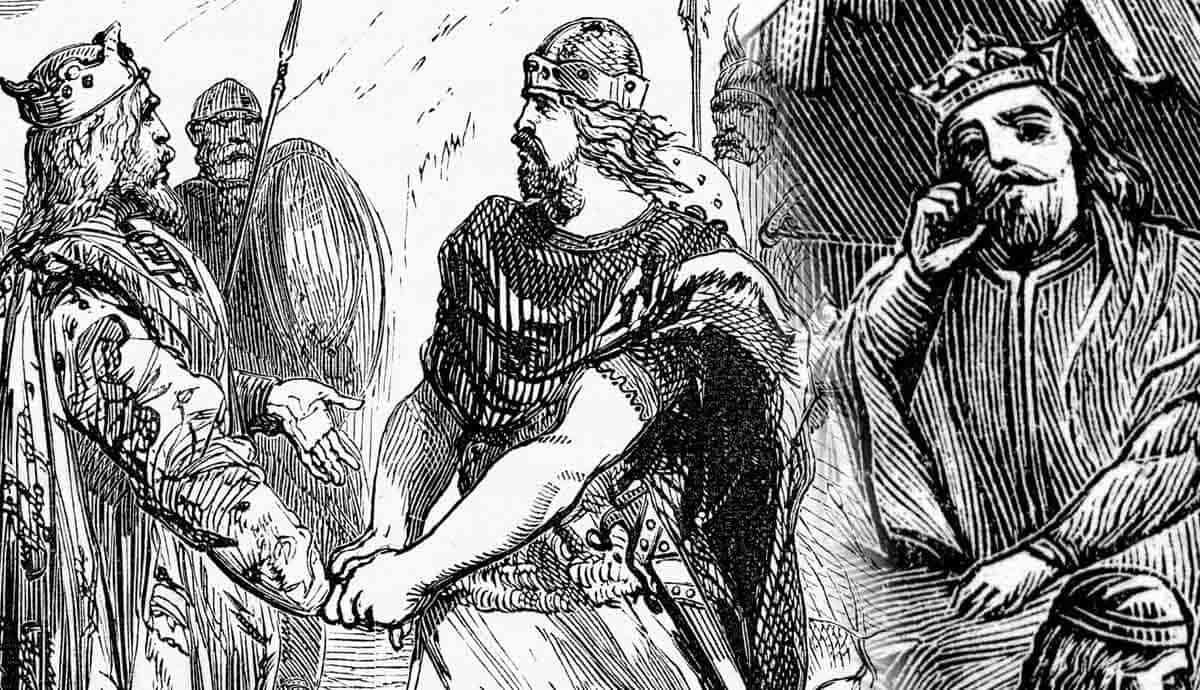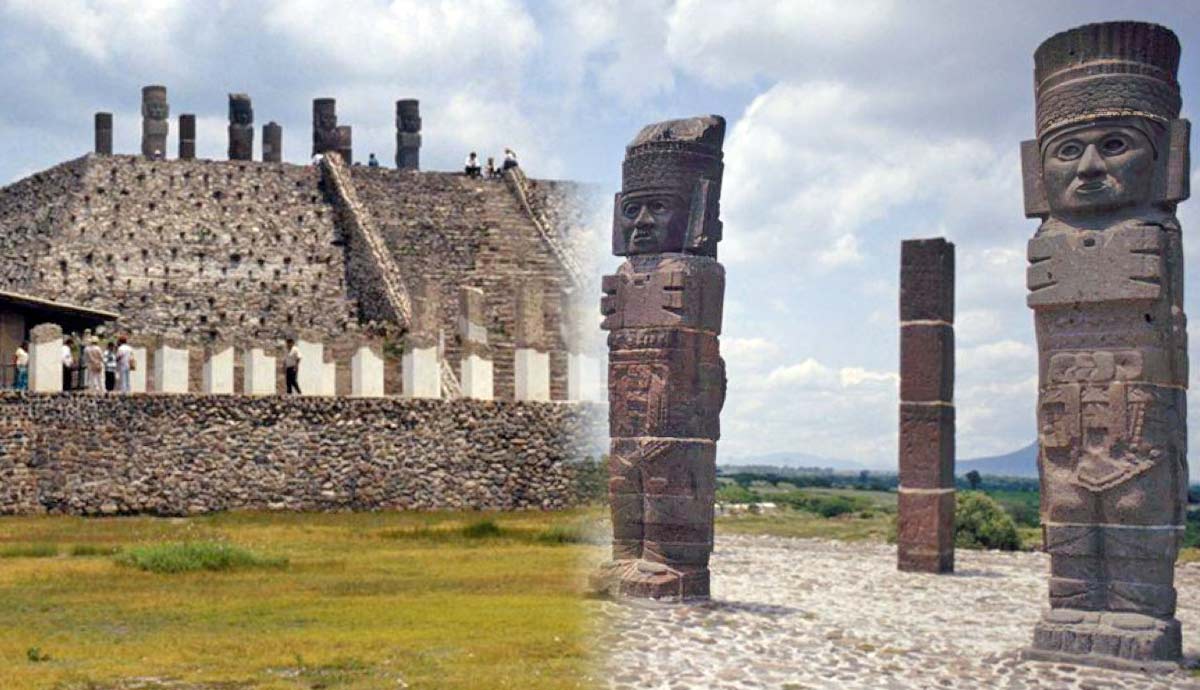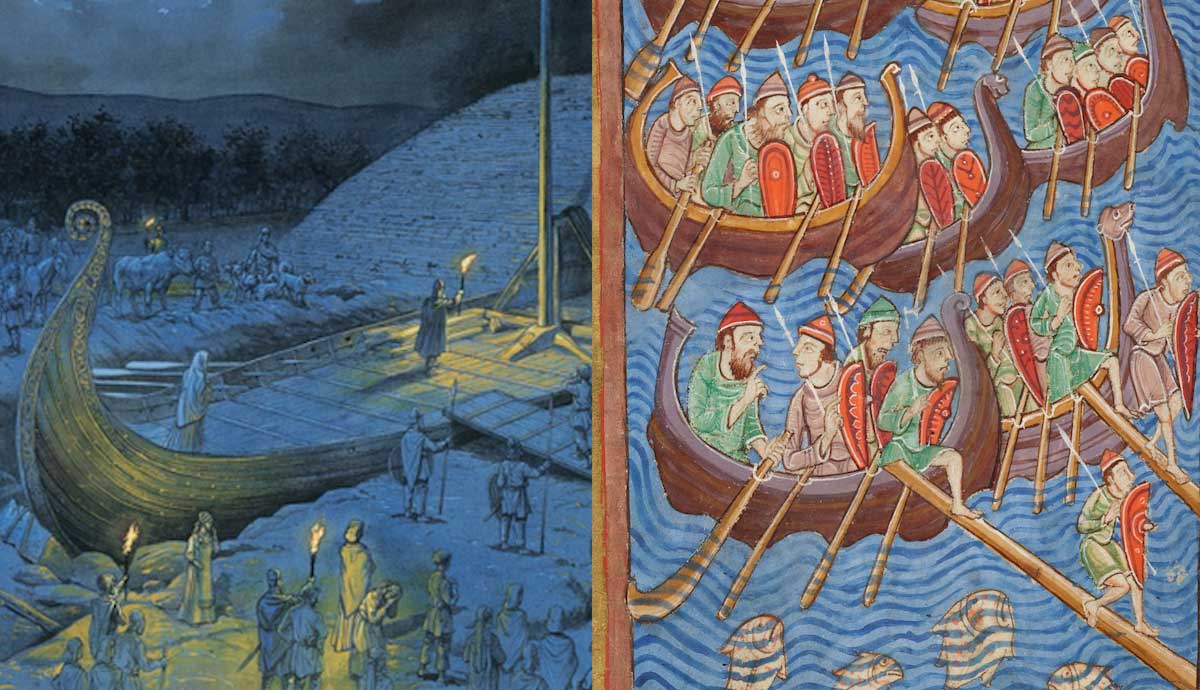
The Vikings were one of the most dominant forces in Western Europe from the 9th until the 11th centuries. They were able to dominate their neighbors in large part due to the superior technology of their longships. They were able to move fast, sail in shallow waters, and even take their ships over land, giving them a strategic advantage. But at the same time, their unusual ship design makes it almost unbelievable that they were able to safely sail to the Americas and back.
How exactly were Viking ships designed, how were they different from ship designs elsewhere in Europe, and what were the benefits and disadvantages of their unique approach to seafaring?
Not Just Warships

While we mostly talk about Viking longships, this was only one of the many types of vessels built by the Vikings. They made everything from tiny fishing boats to barge ferries, to transport goods and livestock.
Heavy freight-carrying merchant ships were called Knarr. They were wide, deep, and slow. They could carry up to 40 tons of goods. These were probably used exclusively to transport goods up and down the Scandinavian coast and to colonies in the North Sea. Traders sailing Russian rivers and the Caspian Sea, on the other hand, used lighter Byrding vessels.
But longships stand out because these were what transported Viking raiders to terrorize their Christian neighbors. This was also the type of ship used for Viking ship burials for wealthy and important individuals.
Longship design was different in different regions and across the Viking period. For example, the earliest Viking longships were made from oak, which is strong and excellent for sailing. It would have taken about three oak trunks to make just one ship. Consequently, by the 10th century, while the Danes were still using oak, the Norwegians and Swedes had switched to more available pine.
Nevertheless, most Viking longships share a few distinct features. Despite this consistency, there is no evidence that the Vikings used written diagrams or plans. The art was probably passed down personally from master craftsman to apprentice, usually a son, over years of working together.
Viking Longship Design

The main characteristic of Viking longships was that they were long and narrow. Exactly how long depended on the number of rowing benches as indicated by holes on each side that allowed for oars to be easily deployed and returned. However, many boats did not have actual benches for the rowers. To save space, rowers would sit on their sea chests.
The smallest surviving longships had only six benches on each side. To be useful in war, a longship needed at least 20 banks. This would mean that it could carry a crew of 41: 40 rowers and the steering cox. These boats, called Snekkja, are the most common surviving ships, measuring an average of 55 feet long and 8 feet wide.
There were also larger ships called Skeid which had 30 rowing benches on each side. The longest of these so far discovered is known as Roskilde 6 and it is one of five ships discovered in Roskilde Fjord in the 1960s. It seems to have been intentionally sunk to form a blockade across the fjord in the early 11th century. The ship was 121 feet long. There are stories in the sagas of even bigger longships, but none have yet been found in the archeological record.

As well as being long, Viking longships were shallow. Most had a maximum draught (the depth a boat sinks under the water) of 0.5-1 meter. This meant that they could sail into shallows and down rivers considered unnavigable by other Europeans. This is how the Vikings arrived at the gates of Paris and how they surprised cities that did not believe they needed river defenses.
The ships were also very lightweight, which meant that the crew could carry them across land between sailable bodies of water. There is also good evidence that they turned their ships upside down and used them as shelters when on land.
According to Norse mythology, the god Freyr owned a ship called Skidlbladnir, which was big enough to carry all the gods and their steeds in full armor, but then folded down like a piece of paper to fit in the god’s pocket. Clearly, a dream vessel.

The boats were made from long planks of timber, usually oak, that were laid overlapping and nailed together. They were made watertight by filling the spaces between the planks of wood with wool, moss, or animal hair mixed with tar or tallow. This type of construction is known as clinker or lapstrake construction.
Three-inch iron rivets and round iron washers were used as fasteners. Wooden treenails that swelled up when wet were also used. A treenail was essentially a wooden dowel crafted to fit a bored hole like a bolt. The strakes were attached to ribs that were in turn attached to a narrow keel running fore and aft down the centerline of the hull. The strakes of the ship were much thinner than most people realize, often only 0.78-1.18 inches thick (almost paper thin).
Some Viking longships were decorated to look like a dragon or a sea snake, with a vicious head carved at the front of the ship. These were called Drakkar and must have been a fearsome sight on the horizon.
How to Sail

Viking longships had wind sails. Most used one large, square sail made from wool that was crisscrossed with leather strips so that it would retain its shape when wet. When there was no wind, the Vikings would take to the oars. And no, slaves weren’t normally used as there simply wasn’t space.
Oars weren’t all the same length. On one ship, oars were found to range from 17-19 feet in length. This was to accommodate the slight bulge in the middle of the ship.
It is also true that the Vikings hung their shields on the side of the boat next to their rowing stations. They could act as protection against arrows while rowing up to a conflict. It was probably also a useful place to store them.
In addition to not leaving behind any ship designs, there is also no evidence that the Vikings used navigational tools such as astrolabes, sextants, or star charts known in other parts of the world. If the sagas are to be believed, Leif Erikson was told how to reach North America by another Viking who had been there, over a mug of ale.
In the early days, the Vikings probably sailed close to the shore and used the physical terrain, the depth of the ocean, and the presence of birds and other sea creatures to determine their location. But this would not have been effective when sailing to England and Ireland, let alone further afield to Iceland, Greenland, and the Americas.

Nevertheless, the sagas indicate that the Vikings used the sun for navigation, as there are several mentions of sunstones. These devices allowed sailors to locate the sun on overcast days. In one famous story, King Olaf of Norway asks the hero Sigurd to determine the position of the sun behind dark clouds with no instrumentation. Sigurd does so, and the king uses a sunstone to determine if he is correct. No examples of sunstones survive in the archeological record.
If the Vikings did use the sun to navigate, then they probably used a sun compass. This is a simple vertical pointer on a horizontal surface that is engraved with a curved line. The shadow cast by the pointer is different at different latitudes, but also at different times of year. This is why other European sailors who used sextants, which functioned in a similar way, also had a nautical almanac to interpret their readings on different days of the year.
But the Vikings had a sailing season, usually the summer, and they would have been aware of where the sun was supposed to be during those months. The Vikings were known to raid year-round, but in the colder months, they would have attacked nearby targets.
Excavations of a Viking age farm in Greenland have revealed the remains of part of a circular disk with carvings, which could have been a sun compass. On the Faroe Islands, people used to use an instrument called the Solskyggafjol, which is very similar to the sun compass. This may have been a technology that the locals adopted from the Vikings that settled there.
Built for Raiding

But how exactly were Viking longships different from the ships sailed by other Europeans at the time?
While there were many different ship designs across the continent, most other Europeans were making ships with bluff bows. This means that the bottom of the ship looked like a barn door curved into a semicircle. This made for much slower ships, since the bluff bow resists the water, rather than cutting through it, like Viking ships and modern ships.
Other European ships also tended to be tall, with superstructures ascending from the stern and bow. Having so much hull above the waterline meant that there was a lot of windage to be battered around.
When it comes to draught, the portion of the ship below the water, other European ships had deep holds and round bilges, and extended far beneath the water. This prevented these ships from entering the same shallow waters as the Vikings.
Why was their design so different? These slower ships had a lot more space, were much safer, and were less likely to be inundated by waves during a storm. Viking ships were vulnerable to flooding during storms, and while they could navigate shallower waters, it took an expert to avoid underwater hazards that could damage the ship’s hull.

In addition, the design of Viking ships meant that they had minimal storage and no protected places to sleep. The evidence suggests that when sailing close to the shore, the Vikings parked up and camped on land. When they couldn’t go ashore, they had to sleep exposed on the deck under animal skins. This makes the fact that the Vikings sailed between Greenland and North America even more impressive. It would have meant between two and six weeks on the open sea.
The Vikings, of course, knew about other European ship technology because they had seen it. Yet they seem to have preferred their faster and more versatile ships, even if they were more dangerous.
A Viking Armada

At the start of the Viking Age, most Viking ships were owned by coastal farmers who used them to transport goods. But when local military leaders called their loyal men to fight, they would bring their boats to contribute to the force. As time passed, wealthy Viking leaders could also construct fleets for themselves, but these would always be augmented by boats owned by their allies.
If the sources are to be believed, the Vikings did manage to gather together some rather large fleets. We are told that when the Vikings attacked the Franks in 845, they sailed up the Seine with 129 ships. It is reported that Canute the Great had 1,200 ships when he was fighting in Norway in 1028. That is a significant armada, even by modern standards.
In many ways, Viking longships reflected Viking society and values. They prioritized the potential for victory and success over safety and security.










